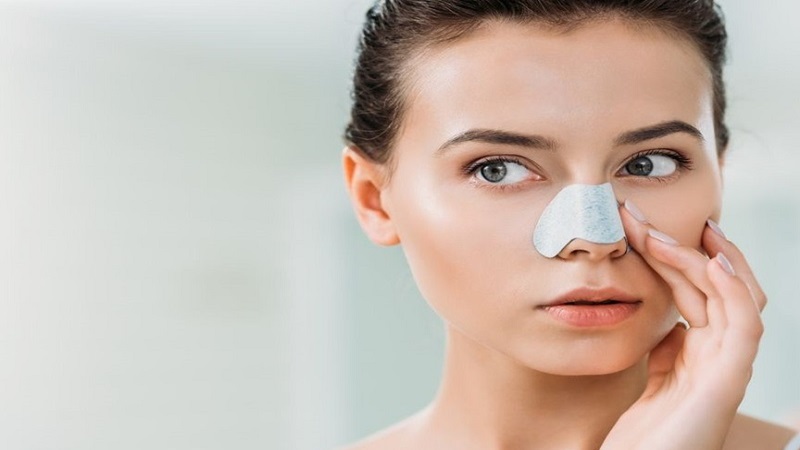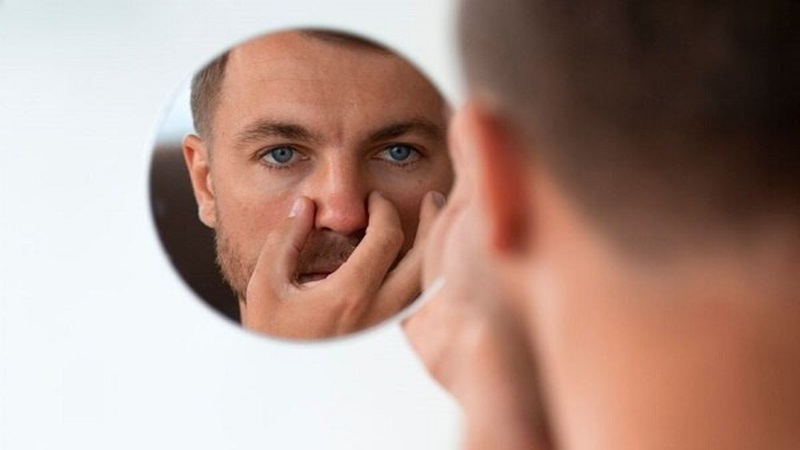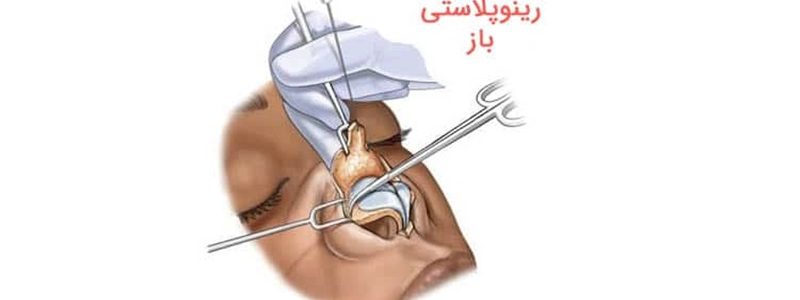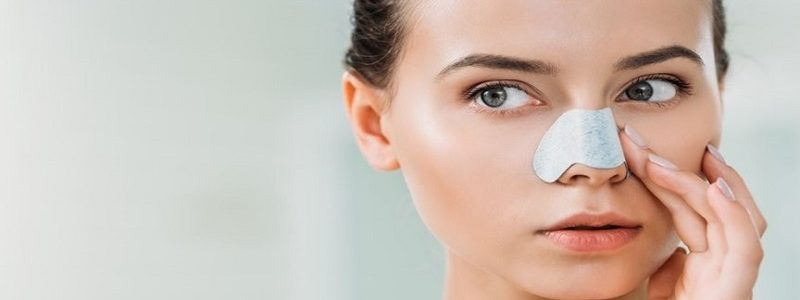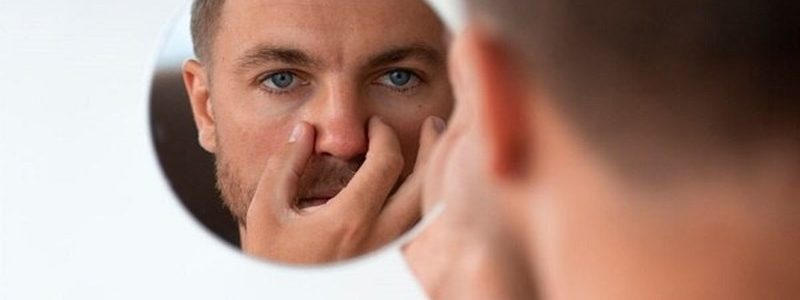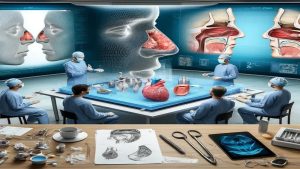Primary rhinoplasty
Usually known as primary nasal surgery, a surgical procedure is performed for nasal deformation for cosmetic or restorative purposes. In this article from the site of Dr. Behnam Khorrami (Isfahan nose surgeon _ Jaw surgeon of Isfahan), We will carefully examine the process, benefits, challenges and results of initial rhinoplasty. This is a very individual method and can be used to correct a wide range of concerns, including the following:
* Nose size
* nose shape
* Nostril width
* Asymmetry
* Breathing problems
Preparing for initial rhinoplasty
Before performing the initial rhinoplasty, it is important to consult with a plastic surgeon with a board of directors who experience nasal surgery.. During the advice, your nose surgeon examines your medical history and talks about your goals and expectations. It may also do pre -operative photography and ask you to let him know about any disease or medications you take.
Primary rhinoplasty method
Primary rhinoplasty is usually performed under general anesthesia, meaning you will be anesthetized during operation. This method is usually 1 until the 3 It takes hours.
There are two main types of rhinoplasty:
* Open rhinoplasty: In open rhinoplasty, a cut along the columla (The area of ŌĆŗŌĆŗthe skin between the nostrils) is created. This gives the surgeon a better visibility of nose structures.
* Closed rhinoplasty: In closed rhinoplasty, all cuts are created inside the nose. This procedure can have less wounds, but it may have a more limited vision for the surgeon.
When the cuts were created, the surgeon removes the skin from the bone and the cartilage. Then the surgeon can change the bone and cartilage to the desired form. This may include the following:
* Reduce nose size
* Change the tip of the nose
* correction Nasal bridge
* Correction of nostrils
When the shape of the nose has changed, the surgeon puts the skin again on the bone and the cartilage and closes the cuts. A splint and bandage may be placed on the nose to help recovery.
Recovery of primary rhinoplasty
After the initial rhinoplasty, you are expected to have some swelling, bruising and discomfort. Pain is usually controllable by painkillers. Splint and bandage 1 until the 2 The week after the operation is removed.
Most patients can 1 until the 2 Returned to work and normal activities week after surgery. However, it may take a few months for the inflation to completely subside and the final results of the operation can be visible.
Early rhinoplasty risks
Like any surgery, primary rhinoplasty is associated with risks. These risks can include the following:
* The infection
* Bleeding
* SCAR
* numb
* Breathing problems
* Adverse results
It is important to share these risks with your surgeon before surgery.
Primary rhinoplasty results
Primary rhinoplasty can have significant results for patients. This procedure can improve the appearance of the nose and can also improve breathing. However, it is important to have realistic expectations about the results. Final results may take several months until visible.
Useful links:
Isfahan nose surgeon _ Jaw surgeon of Isfahan
Dr. Behnam Khorrami's page in the clinic 24 | Maxillofacial surgeon in Isfahan clinic 24 | Nose surgeon in Isfahan clinic 24
Dr. Behnam Khorrami, nose surgeon in Isfahan at Dr. Af | Maxillofacial surgeon in Isfahan at Dr. Af | Isfahan nose surgeon at Dr. Af

